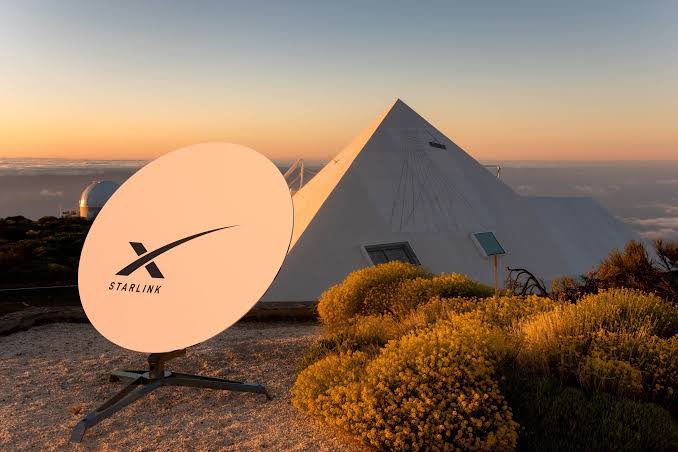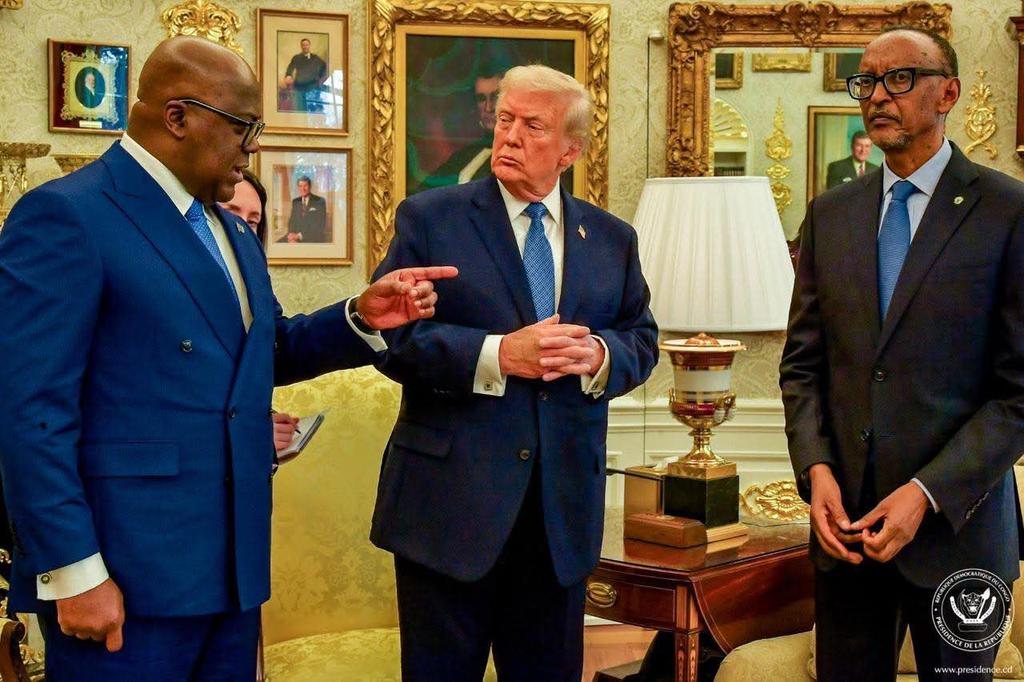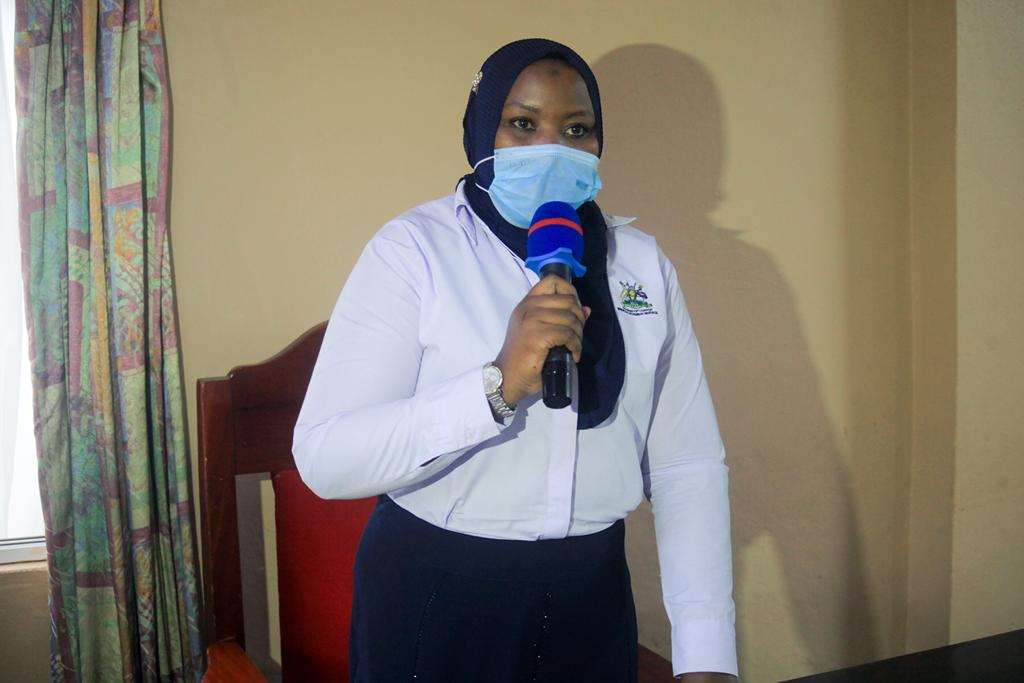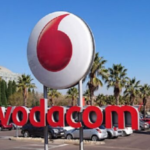Starlink’s disruptive direct-to-cell (D2C) service is rapidly reshaping the telecommunications landscape, pressuring mobile network operators (MNOs) to rethink their strategies or risk obsolescence.
The D2C technology, launched globally between 2024 and 2025 by Elon Musk’s internet company, enables users with 4G and 5G smartphones to connect directly to Starlink satellites for text, voice, and data bypassing traditional terrestrial mobile networks.
Starlink has already shaken up the fixed broadband sector, delivering high-speed, low-latency internet. With over 65,000 subscribers, it has become the country’s second-largest internet service provider.
“The simple answer is yes D2C poses a long-term threat to traditional telcos,” said telecom expert Ernest Akinlola. “It’s compatible with existing smartphones, connects directly to satellites, and doesn’t rely on ground infrastructure. MNOs must start partnering with Starlink to offer bundled services if they want to retain customers.”
Although satellite bandwidth currently lags behind 4G in some areas, experts say the gap is closing fast. With improving speeds and evolving devices, the telecom industry is increasingly shifting to space-based connectivity.
“While current satellite bandwidth is limited, it’s advancing quickly,” a telecom executive noted. “Soon, it will be on par with 4G, making it a viable alternative for consumers.”
Meanwhile, major tech companies like Google and Meta are also disrupting the telecom space by rolling out new authentication methods that bypass traditional SMS-based one-time passwords (OTPs), a revenue stream for telcos. Alternatives such as app-based and email verification threaten to erode this source of income.
“Consumers are gradually shifting away from SMS, and this is another threat to MNO revenues,” Akinlola said. “SMS has been a steady source of income, and its decline adds to the pressure from Starlink’s entry into the market.”
In response, telecom giants MTN and Airtel are not standing still. Both companies have partnered with low-Earth orbit (LEO) satellite firms like OneWeb to expand broadband coverage.
Last year, Airtel deployed satellite dishes for Eutelsat OneWeb’s LEO service in Lagos and began training local teams to manage the new technology.
Historically, telecom operators have invested heavily in terrestrial infrastructure fiber optics, towers, and base stations—especially in urban areas. However, the high cost of rural expansion has made satellite connectivity an attractive alternative.
“Investing in satellite technology will address deficiencies in network coverage and improve access, particularly in rural areas,” Morenikeji Aniye, CEO of Hotspot Network Limited, said in March. “Satellite capacity is critical, and we’re developing solutions to enhance connectivity nationwide,” he added.


















